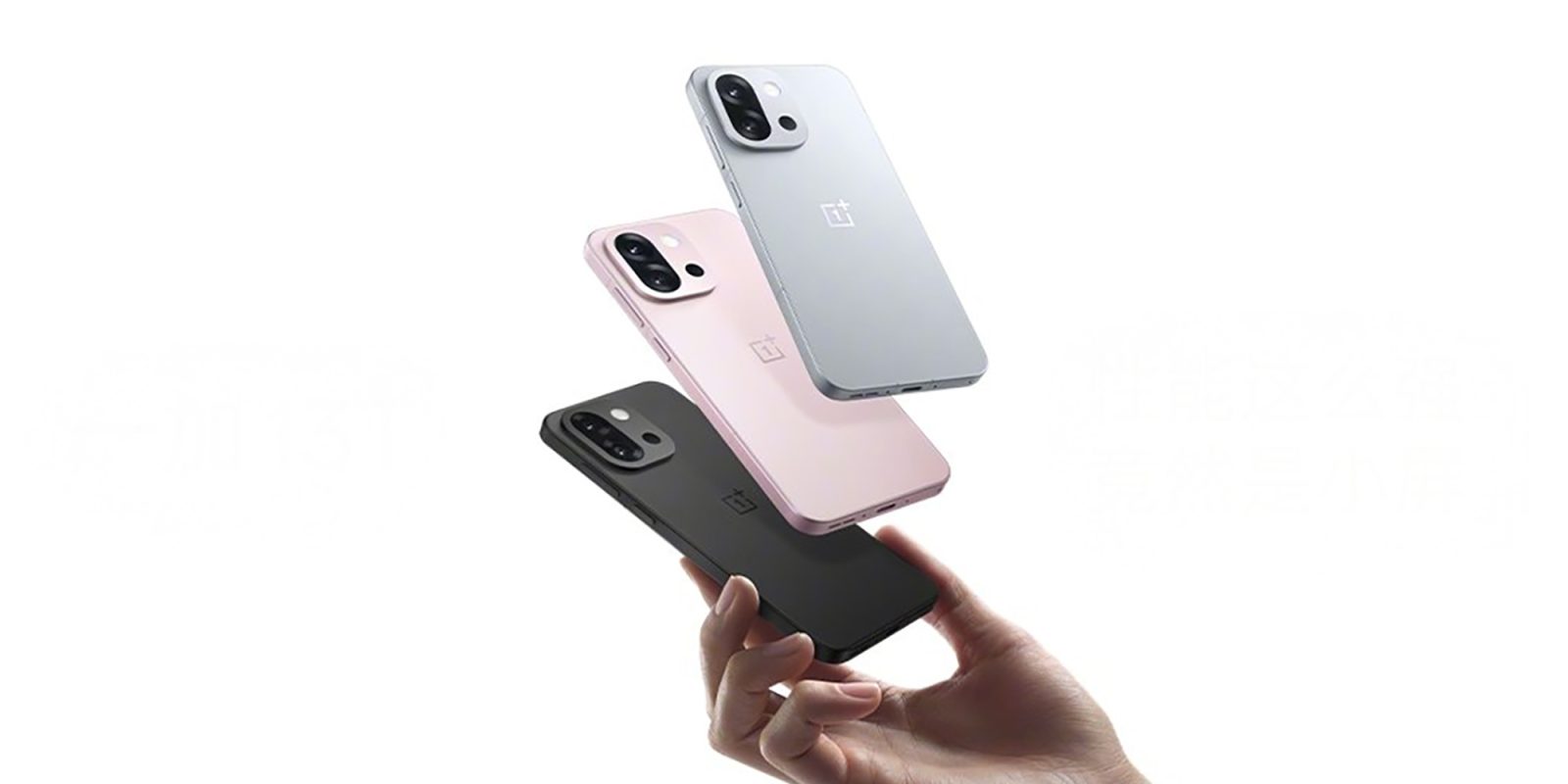In a significant move to streamline its operating systems, Google has officially announced the integration of ChromeOS and Android into a single, cohesive platform. This development was confirmed by Sameer Samat, President of the Android Ecosystem at Google, during a recent interview. Samat highlighted the company’s intent to unify these platforms, stating, We’re going to be combining ChromeOS and Android into a single platform, and I am very interested in how people are using their laptops these days and what they’re getting done. ([androidcentral.com](https://www.androidcentral.com/apps-software/android-os/google-android-exec-android-gemini-future-os-interview-report?utm_source=openai))
Background and Rationale
The decision to merge ChromeOS and Android is rooted in Google’s ongoing efforts to create a more integrated and seamless user experience across devices. Historically, ChromeOS has been the operating system for Chromebooks, focusing on web-based applications, while Android has dominated the mobile device market. By consolidating these platforms, Google aims to eliminate redundancies and enhance functionality across its ecosystem.
This integration is not entirely unexpected. In June 2024, Google announced plans to develop ChromeOS on large portions of the Android stack, including the Android Linux kernel and frameworks. This move was intended to accelerate the deployment of AI features and improve compatibility between devices. ([9to5google.com](https://9to5google.com/2024/06/12/chromeos-android-under-the-hood/?utm_source=openai))
Technical Implications
The merger signifies a substantial shift in Google’s operating system strategy. By adopting the Android stack, ChromeOS will benefit from Android’s extensive app ecosystem and developer support. This change is expected to facilitate faster integration of AI features, such as those powered by Google’s Gemini AI, across devices. Additionally, it will enable better synchronization between Android smartphones and Chromebooks, enhancing functionalities like seamless file sharing and unified notifications. ([business-standard.com](https://www.business-standard.com/technology/tech-news/google-shifts-chromeos-to-android-stack-what-it-means-advantages-and-more-124061300349_1.html?utm_source=openai))
Android 16, the latest iteration of the operating system, introduces features that align with this integration strategy. Notably, it includes a desktop mode designed for tablets, resembling Samsung’s DeX, which allows devices to function similarly to traditional desktops. This feature is slated for release later in 2025 and is expected to play a pivotal role in the unified platform. ([en.wikipedia.org](https://en.wikipedia.org/wiki/Android_16?utm_source=openai))
User Experience and Developer Benefits
For end-users, the unified platform promises a more consistent and cohesive experience across devices. The integration is anticipated to reduce compatibility issues and provide a uniform interface, whether on a smartphone, tablet, or laptop. This consistency is particularly beneficial for users who rely on multiple devices for work and personal use.
Developers stand to gain significantly from this merger. A single platform simplifies the development process, allowing for the creation of applications that function seamlessly across various device types. This unification is expected to reduce fragmentation within the Android ecosystem and encourage the development of more robust and versatile applications. ([newfortech.com](https://newfortech.com/tech-talk/chromeos-android-merger-google-tablets?utm_source=openai))
Competitive Landscape
Google’s strategic move positions it to better compete with industry leaders like Apple and Microsoft. Apple’s ecosystem, known for its seamless integration between devices, has set a high standard in the market. By merging ChromeOS and Android, Google aims to offer a comparable, if not superior, level of integration and user experience. This consolidation could also challenge Microsoft’s dominance in the laptop and desktop markets by providing a versatile and unified alternative. ([newfortech.com](https://newfortech.com/tech-talk/chromeos-android-merger-google-tablets?utm_source=openai))
Challenges and Considerations
Despite the potential benefits, the integration of ChromeOS and Android presents several challenges. One primary concern is the impact on existing Chromebook users. Questions arise regarding the compatibility of current hardware with the new unified platform and the continuation of ChromeOS’s automatic updates and robust security features. Additionally, enterprise users, particularly in educational settings, may face uncertainties about the transition and its implications for device management and software compatibility. ([techeconomy.ng](https://techeconomy.ng/google-to-merge-android-and-chromeos-into-one-platform/?utm_source=openai))
Another consideration is the timeline for this integration. While the announcement has been made, the actual implementation is expected to be a multi-year project. This gradual transition allows Google to address technical challenges and ensure a smooth migration for users and developers alike. ([macrumors.com](https://www.macrumors.com/2024/11/19/google-merging-chrome-os-android-rival-ipad/?utm_source=openai))
Future Outlook
Looking ahead, the unified platform is poised to revolutionize how users interact with Google’s ecosystem. The integration is expected to foster innovation, streamline development processes, and provide a more cohesive user experience. As Google continues to refine and implement this strategy, users can anticipate a more interconnected and versatile range of devices that cater to diverse needs and preferences.
In conclusion, Google’s decision to merge ChromeOS and Android into a single platform marks a significant milestone in the evolution of its operating systems. This strategic move aims to enhance user experience, streamline development, and position Google as a formidable competitor in the tech industry. While challenges remain, the potential benefits of this integration suggest a promising future for Google’s unified platform.



